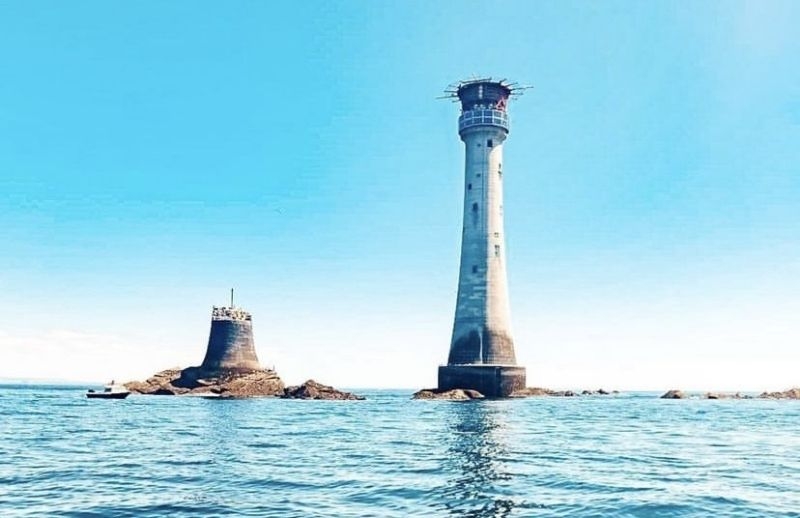Unique Architecture in Maritime; Lighthouse
The seas have played an important role for humanity throughout history. Maritime activities such as cruises, trade, fishing, and exploration have been instrumental in the development of many cultures. However, the maritime world can be challenging and dangerous. A special guidance system is needed for ships to navigate at night and avoid rocks and shallow waters. The most important structures that fulfill this task are lighthouses and lighthouses.
Lighthouses are structural signs built to enable sailors to safely steer their ships at night and in bad weather conditions. Lighthouses, on the other hand, are usually built on the coastline or in dangerous areas to guide and warn sailors. These structures, which are both functionally and aesthetically unique, have great importance in maritime history.
The construction of lighthouses dates back thousands of years. In ancient Egypt, the first lanterns were used, towering atop flaming torches. However, the idea of modern lighthouses began to flourish in the 18th century. The first lighthouse was built on Eddystone Cliffs in England in 1716. This lighthouse was remarkable for its stone structure and height. Later, similar structures began to be built in different regions, and networks of lighthouses were formed.
Geographical location and maritime needs play a major role in the design of lighthouses. Lanterns built on a high point can cover a larger area and can be seen from further away. The light sources used inside the lanterns are also important. Candles and gases burned in the past have been replaced by modern lamps today. The light is concentrated through special lenses and reflectors, giving sailors a mark that can be seen even from greater distances.
In addition to helping sailors travel safely, lighthouses stand out as architecturally fascinating structures. Many lighthouses have distinctive designs and details. Some were built as high towers, while others were designed as elegant structures. Some lighthouses have stripes painted in different colors on the top, which helps sailors identify a particular lighthouse.
Lighthouses have evolved with technological advances. Many lighthouses today are automatic and can be controlled remotely. Modern navigation systems such as GPS and radar have made the navigation process easier for seafarers. This has led to a decline in the use of some traditional lighthouses. However, lighthouses still exist as structures worth seeing on many coastlines and historical sites.
Lighthouses are a unique example of architecture in the maritime. These structures, which are both functional and aesthetically important, are used to ensure safe travel for seafarers. Lighthouses have played a huge role in maritime history and have adapted to technology over time. Even today, many lighthouses exist as historical and visually valuable structures and offer a fascinating experience for visitors.
If you want to see these unique and flexible structures in your living spaces, you can decorate the lighthouse with trinkets and models, which you can find among the nautical-themed souvenirs on the Maritime Goods website or stores, and present them to your sea-loving loved ones.

